Blockchain technology has revolutionized various industries by providing transparency, security, and immutability. On the other hand, generative AI has emerged as a powerful tool for creating and enhancing content, such as images, videos, music, and text. Combining these two innovative and cutting-edge technologies can unlock a myriad of possibilities and create new opportunities. In this blog post, we will delve into the use-cases, examples, market need, and benefits of leveraging blockchain for generative AI applications.
Understanding Generative AI
Generative AI refers to the use of machine learning algorithms to generate new and unique content. It utilizes deep learning models, such as generative adversarial networks (GANs), variational autoencoders (VAEs), and recurrent neural networks (RNNs), to learn patterns from existing data and generate novel outputs that possess similar characteristics. Generative AI has found applications in various domains, including art, entertainment, design, and marketing.
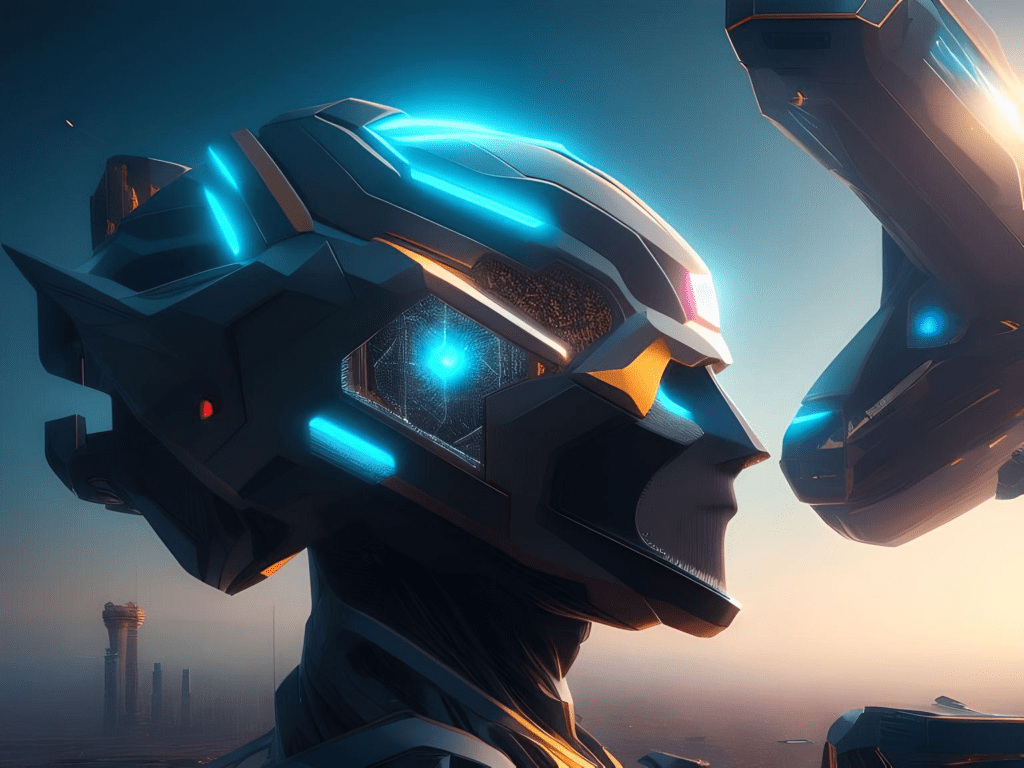
Generative AI is an exciting field of artificial intelligence that focuses on creating new and unique content, such as images, videos, music, and text. It involves using advanced algorithms and machine learning techniques to generate original content that didn’t exist before. Let’s explore how generative AI works and its applications in various areas.
To understand generative AI, imagine a machine learning system that is trained on a large dataset containing examples of a specific type of content. For instance, if we want to generate realistic images of dogs, the system would be trained on thousands of dog images. During the training process, the system learns patterns and features from the data, enabling it to understand what makes an image look like a dog.
Learn more about Generative AI -> Quick Understanding of Generative AI | Cogniverse
Blockchain as a Catalyst
Blockchain, with its decentralized and immutable character, has the ability to upgrade the functions of Generative AI systems in a multitude of ways. When you put together the strengths of both technologies, then numerous issues such as content ownership, data validity, and intellectual property rights can be tackled. Let’s explore some compelling use-cases that showcase the potential of this synergy:
- Art and Digital Creations: Blockchain can provide a robust platform for artists and content creators to authenticate, track, and monetize their digital creations. Each piece of generative art or digital content can be represented as a unique token or Non-Fungible Token (NFT) on the blockchain. This allows artists to prove ownership, establish provenance, and enable secure transactions in the digital art market. Examples like CryptoKitties and Rarible have already gained immense popularity in the NFT space.
- Royalty Distribution: Blockchain-based smart contracts can revolutionize the way royalties are distributed in the creative industry. By embedding licensing terms and conditions into the blockchain, artists can automatically receive a fair share of revenue every time their generative AI-created content is used or sold. This eliminates the need for intermediaries, reduces disputes, and ensures transparent royalty distribution among all stakeholders.
- Synthetic Media Authentication: With the rise of deepfake technology, ensuring the authenticity and integrity of media content becomes crucial. Blockchain can be leveraged to timestamp and certify generative AI-generated media, such as videos and images. By storing hashes or digital fingerprints of the content on the blockchain, it becomes virtually impossible to tamper with or manipulate the media without detection. This helps combat misinformation and maintain trust in the digital space.
- Data Marketplace and Privacy: Generative AI models require vast amounts of high-quality data for training. However, acquiring and curating such datasets can be challenging. Blockchain-based data marketplaces can facilitate the secure and transparent exchange of data between data providers and AI developers. By utilizing decentralized identity solutions, individuals can retain control over their personal data while still contributing to AI research. This empowers users with privacy, consent, and fair compensation for their data.
Benefits of Blockchain for Generative AI
The integration of blockchain with generative AI offers several advantages, including:
- Transparency and Trust: Blockchain’s transparent and auditable nature enhances the trustworthiness of generative AI-generated content, ensuring the authenticity and integrity of the outputs.
- Ownership and Copyright Protection: Blockchain-based solutions enable content creators to establish proof of ownership and protect their intellectual property rights, ensuring fair compensation and attribution.
- Immutable Data Storage: Storing generative AI models and their associated data on the blockchain provides an immutable and tamper-proof record, safeguarding against unauthorized modifications.
- Fair Revenue Sharing: Smart contracts on the blockchain enable automated and transparent royalty distribution, ensuring that creators receive their fair share of revenue when their content is used or sold.
- Decentralized Collaboration: Blockchain-based platforms facilitate decentralized collaboration, allowing artists, developers, and data providers to collaborate, share resources, and co-create content in a trustless manner.
Market Need and Future Potential
The synergy between blockchain and generative AI addresses critical pain points in various industries. As the demand for digital art, synthetic media, and AI-generated content continues to grow, there is a need for trust, security, and accountability. Blockchain provides the infrastructure to meet these requirements and unlock new business models, revenue streams, and creative possibilities.
Conclusion
The convergence of blockchain technology and generative AI opens up exciting possibilities across multiple domains. From enhancing digital art ownership and combating deepfakes to enabling decentralized data marketplaces and fair revenue distribution, the combination of these technologies offers transformative solutions. By leveraging the transparency, security, and immutability of blockchain, we can unleash the full potential of generative AI, fostering innovation, creativity, and trust in the digital world.

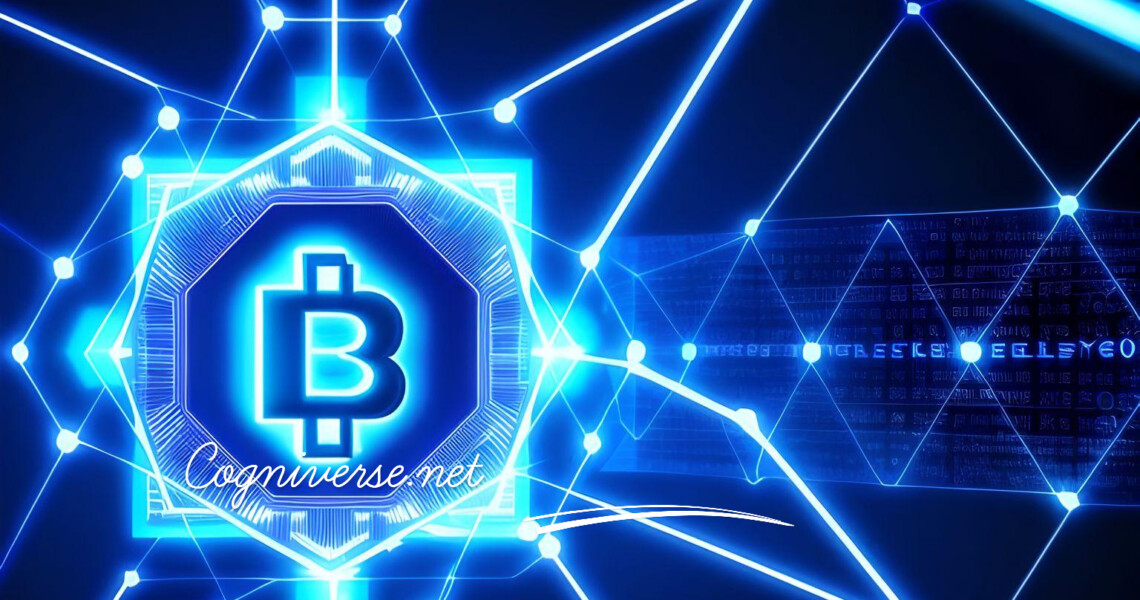
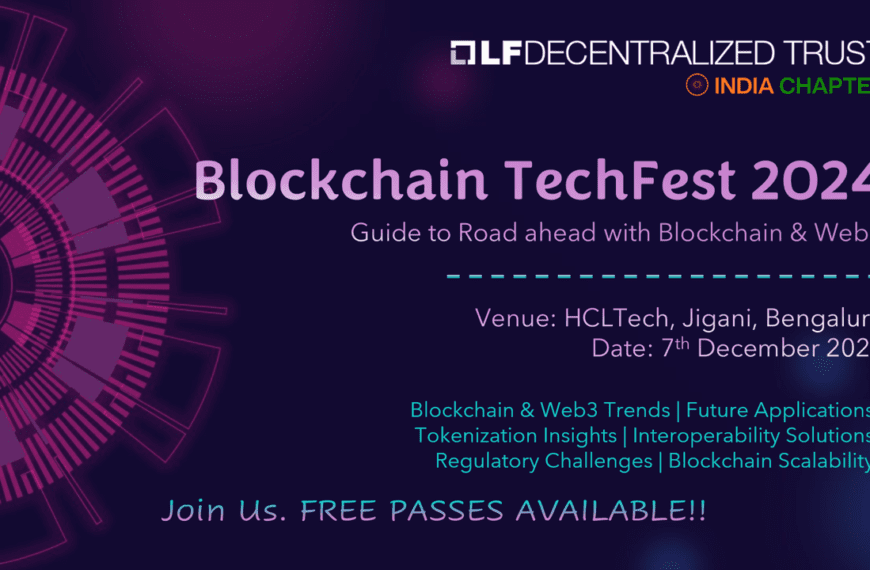

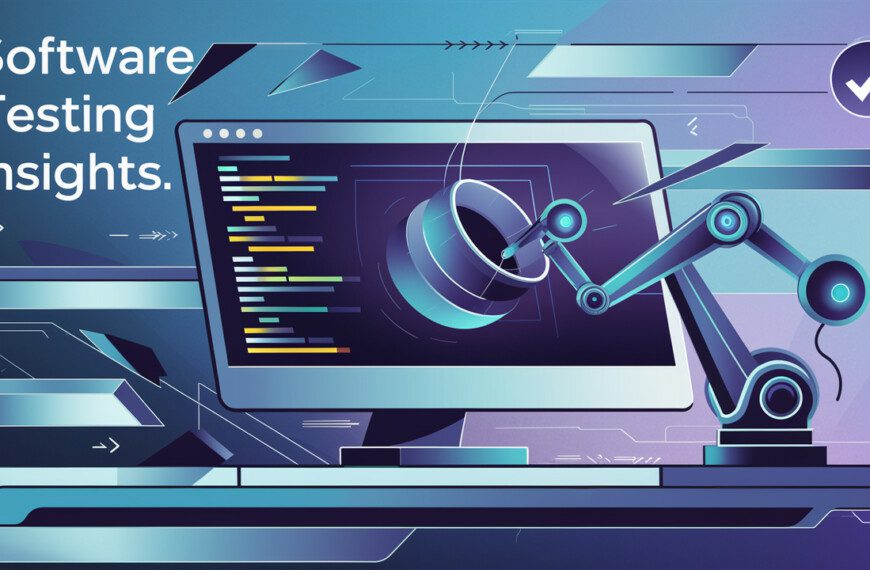


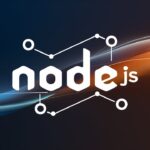



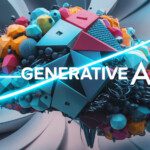
I would say that you have done a great job of exploring the synergy of blockchain and generative AI, and highlighting the potential of these technologies for the future of web 3.0. I think your blog is relevant and timely, and it can attract a lot of readers who are interested in this topic. I would also suggest that you could add some more examples of how blockchain and generative AI can work together to create new value propositions for different industries and sectors. You could also include some more links to external sources or platforms where readers can learn more about these technologies or try them out for themselves.
You have written a comprehensive and informative article about the synergy of blockchain and generative AI. You have explained the concepts and benefits of these technologies, and provided some examples of use cases in different domains. You have also discussed some of the challenges and limitations of integrating blockchain and generative AI, and suggested some possible solutions.
I think your blog is well-written and engaging, and you have used a clear and concise language. You have also used references to make your article more readable and credible. I enjoyed reading your blog and learned a lot from it.